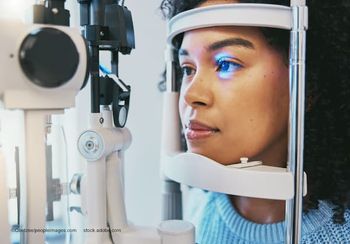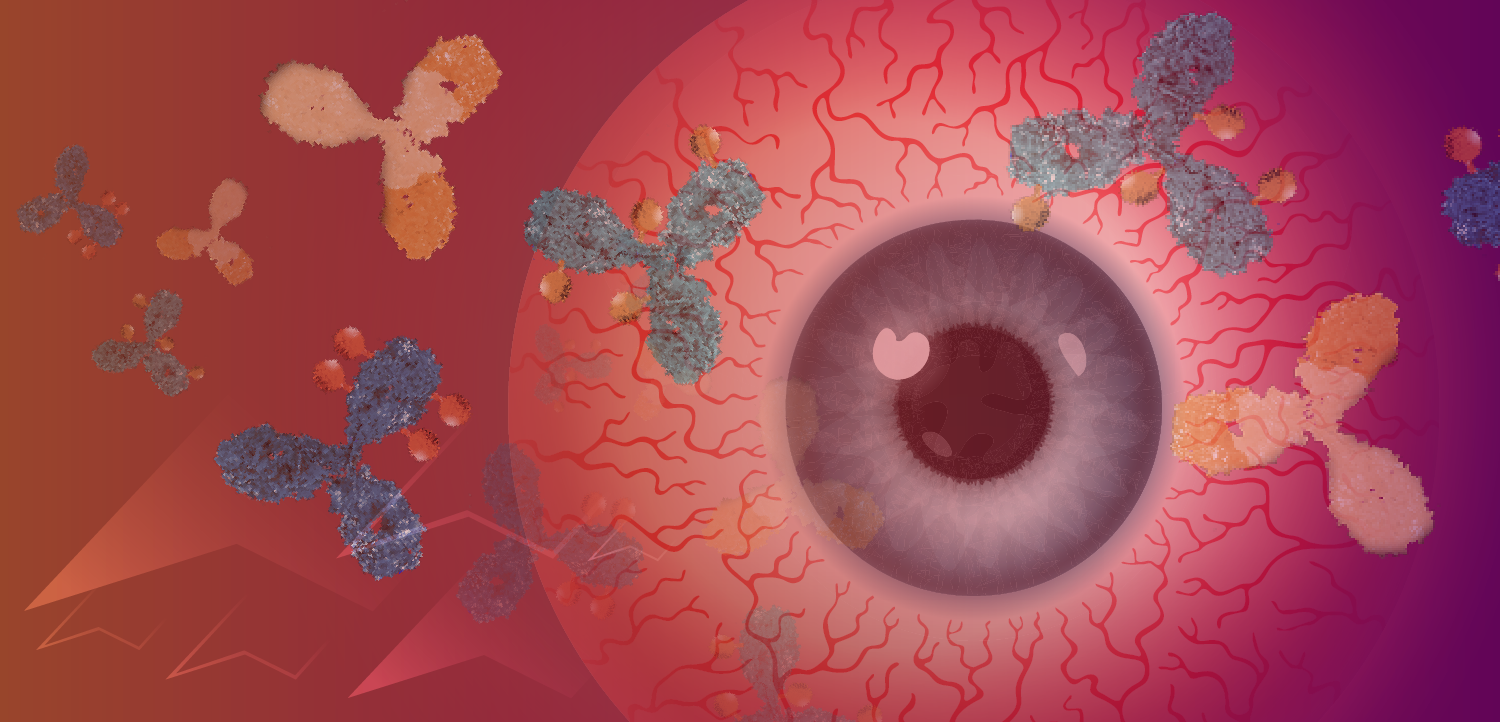
Intravitreal triamcinolone option for diabetic macular edema
Montr?al—Physicians might have the ability to predict improvement in visual acuity (VA) in patients with diabetic macular edema (DME) who undergo treatment with intravitreal triamcinolone (Kenalog, Bristol-Myers Squibb).
Poor pretreatment visual acuity (VA) and a history of panretinal photocoagulation seem to predict the potential for restored vision. There was no correlation found between initial cystoid macular edema and restoration of vision, according to Melvin Dea, MD, PhD.
The charts of 54 patients (61 eyes) were reviewed. All of these patients had undergone focal laser therapy and did not have any improvement in VA despite one to three treatments. After there was no response to treatment, all eyes received intravitreal injections of 4 mg triamcinolone and they were followed with a clinical exam and optical coherence tomography (OCT) 1 week and 1 and 3 months after injection. The investigators defined visual restoration as a visual improvement of 0.2 logMar units or greater after the injection. Investigators compared the VAs of the patients who had an improvement in vision with those who did not, according to Dr. Dea, a third-year resident at the Doheny Eye Institute, part of the Keck School of Medicine at the University of Southern California, Los Angeles.
Positive responses
"All patients had a significant improvement in VA as early as 1 week and 3 months after the injection. The trend toward improved VA continued throughout the study period in both groups. Some patients with an initial poor VA had substantial improvement over time, and some patients who initially had a good VA had poor response after the injection. A total of 52% of patients had restoration of vision following injection of triamcinolone," Dr. Dea reported.
The VA improvement was a mean 0.53 ± 0.04 logMar units in the patients with restored vision compared with a mean –0.01 ± 0.04 logMar units in those whose vision was not restored.
The postinjection VA of the patients with restored vision approached the VA level in the patients whose vision was not restored after injection.
"There was a roughly linear relationship between the initial VA and the improvement, with statistical significance to the equation coefficients but a regression index of only 0.4. In general, the worse the initial VA the greater the improvement, and those with good initial VA had deteriorated vision. The regression crossed the x-axis at the VA of 20/50, suggesting that patients with a VA better than 20/50 should not undergo injection of intravitreal triamcinolone," he emphasized.
The patients with visual restoration had a higher rate of panretinal photocoagulation than those who did not recover their vision. This may be the result of a lower initial level of vascular endothelial growth factor (VEGF) that might augment the effect of intravitreal triamcinolone, Dr. Dea explained.
Newsletter
Don’t miss out—get Ophthalmology Times updates on the latest clinical advancements and expert interviews, straight to your inbox.


















































.png)


